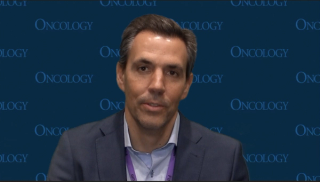
Gastrointestinal Cancer
Latest News
Latest Videos

CME Content
More News

No fatalities were observed with fruquintinib plus camrelizumab, paclitaxel liposome, and nedaplatin when treating esophageal squamous cell carcinoma.
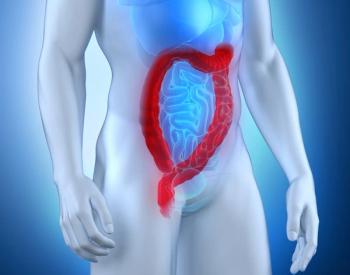
Results from the ATOMIC trial found a 50% reduction in the risk of death for patients with dMMR colon cancer receiving atezolizumab/chemotherapy.

Data from the MATTERHORN trial may be “practice-changing” in the management of resectable gastric or gastroesophageal junction adenocarcinoma.

As a single agent or in combination, MK-1084 showed promising efficacy and safety results for patients with KRAS G12C–mutated CRC.

Emergent alteration patterns were similarly diverse across treatment arms in the phase 3 CodeBreaK 300 study.

The median PFS was 54.1 months with nivolumab/ipilimumab vs 5.9 months with chemotherapy in patients with MSI-H/dMMR CRC.

Anlotinib/chemotherapy showed comparable efficacy vs bevacizumab/chemotherapy in patients with RAS/BRAF wild-type metastatic colorectal cancer.
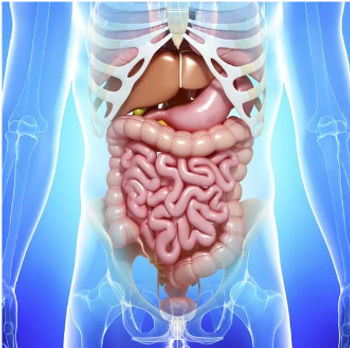
Escalated adjuvant chemotherapy did not improve recurrence-free survival in patients with stage III colon cancer when using a ctDNA-informed approach.
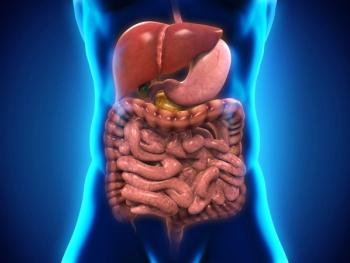
T-DXd improved OS, PFS, ORR, and DOR vs ramucirumab plus paclitaxel in the second-line treatment of HER2-positive gastric cancer or gastroesophageal junction adenocarcinoma.

Updated findings from BREAKWATER support encorafenib plus cetuximab and chemotherapy as a new standard of care in BRAF V600E-mutated metastatic CRC.
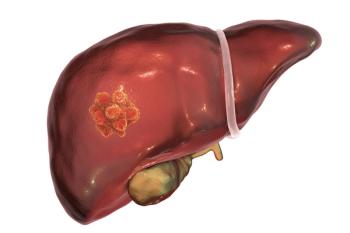
Survival benefits were observed across most post-hoc subgroups treated with anlotinib plus penpulimab, particularly among those with high-risk disease features.
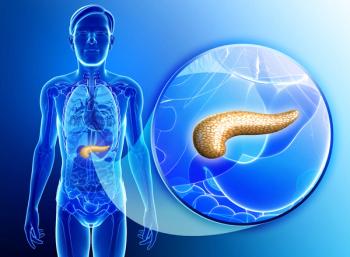
Phase 3 data may support FOLFIRINOX as a standard of care in fit patients with locally advanced pancreatic cancer.

A 6-year analysis of the phase 3 STELLAR trial did not find any significant differences between total neoadjuvant treatment and concurrent chemoradiation in rectal cancer.
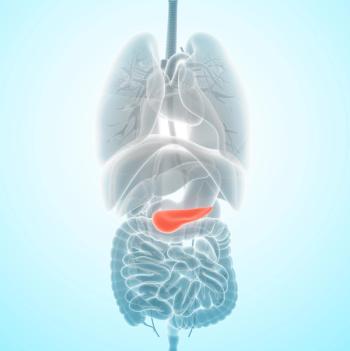
Clinical data from a phase 1 trial evaluating EBC-129 in solid tumors will be presented at the 2025 American Society of Clinical Society Annual Meeting.
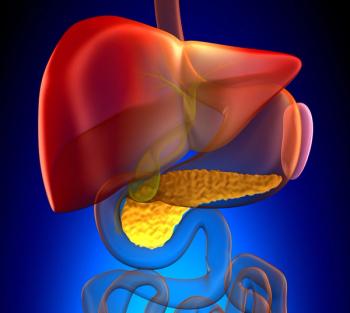
Ten of 12 patients with metastatic pancreatic ductal adenocarcinoma given the recommended phase 2 dose of the combination regimen had a response.

Intensity-modulated radiotherapy increased some lower-grade toxicities vs 3D conformal radiotherapy in patients with locally advanced rectal cancer.

From breast cancer to head and neck tumors, the 2025 ASCO Annual Meeting may feature a wide range of practice-changing data across cancer care.
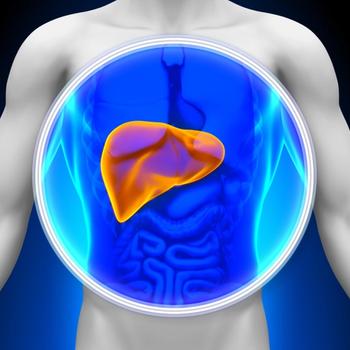
Survival and safety data from the phase 3 CheckMate 9DW trial showed that nivolumab plus ipilimumab was superior to lenvatinib or sorafenib in advanced HCC.
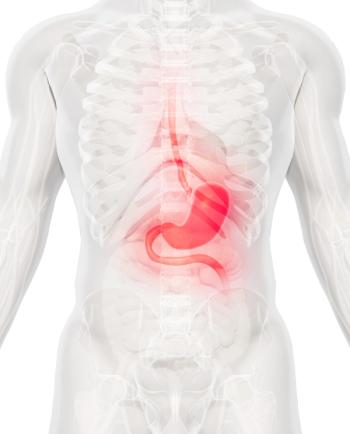
Antitumor activity was observed in patients with gastroesophageal adenocarcinoma treated with the combination regardless of chemotherapy type.

For patients with right-sided CRC tumors, no significant progression-free survival difference was observed between the cetuximab and FOLFIRI-only groups.

The trial initiation is based on phase 1/2 IDeate-PanTumor01 trial results presented at the 2022 and 2023 European Society for Medical Oncology Congress.

Data from the POD1UM-303/InterAACT2 trial support the approval of retifanlimab/chemotherapy for patients with squamous cell carcinoma of the anal canal.
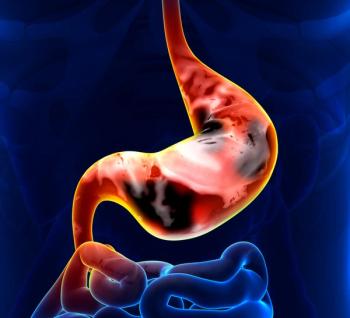
The safety profile of TFOX was consistent with data reported in previous studies, and no new safety signals were identified.
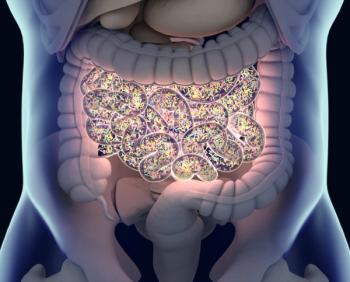
At the time of analysis, the median progression-free survival was not reached with fruquintinib plus capecitabine in a phase 1/2 trial.
!["[G]iven the improvements in compliance and tolerability of the de-escalated regimen in older patients, with preserved early cancer outcomes, this reduced-dose regimen could be considered a new treatment option for [patients who are] frailer [and] not fit for standard-dose chemoradiotherapy," according to the study authors.](https://cdn.sanity.io/images/0vv8moc6/cancernetwork/8987adec8367653dbaf8fc0f82c7dbfcb914281e-500x404.jpg?w=350&fit=crop&auto=format)
Phase 2 data indicate that reduced-dose chemoradiotherapy may be tolerable among patients with early-stage anal cancer.









